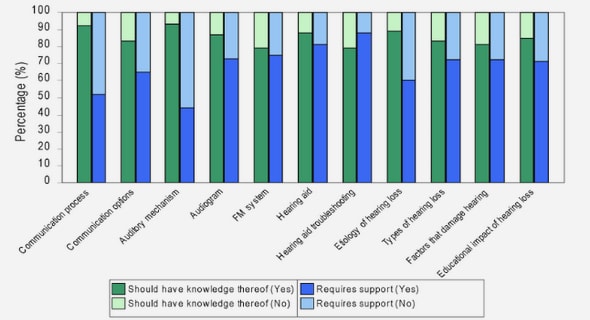(Downloads - 0)
For more info about our services contact : help@bestpfe.com
Table of contents
I- Introduction
I-1 Review: The plant DNA Damage Response: signalling pathways leading to growth inhibition and putative role in response to stress conditions
Overview
Abstract
INTRODUCTION
Main players in DDR signalling
Role of the plant DDR in abiotic stress responses
Role of the plant DDR in biotic stress response
Concluding remarks
I-2- DNA replicative stress
I-2-1 Overview
I-2-2 What is replicative stress?
I-2-3 Trans lesion synthesis (TLS)
I-2-4 Repriming synthesis
I-2-5 ATR dependent responses
I-2-6 Other processes regulated by ATR
3- Thesis objectives
II- Results
II-1-Exploring new players that contribute to plants’ replicative stress response
II-1-1 Identification of LUMINIDEPENDENS as a new player in the plant replicative stress response.
II-1-2 Distinctive and emerging roles of E2Fs transcription factors during plant replicative stress response
II-2- Role of DNA polymerase θ in the repair of replication-associated DNA damage
II-2-1 OVERVIEW
II-2-2 Article: The plant DNA polymerase theta is essential for the repair of replicationassociated DNA damage
II-3 Understanding the role of the novel interaction between CDT1 and Polymerase epsilon
II-3-1 OVERVIEW
II-3-2 INTRODUCTION
II-3-2 STRATEGIES
II-3-3 Conclusing remarks and future perspective
III- Material and methods:
III-1 Plant growth and genotyping
Plant material and growth conditions
CTAB DNA extraction
dCAPS genotyping
Root growth assay
III-2 Protein-protein interactions
Yeast to hybrid
Co-immunoprecipitation (Co-IP)
III-3 Imaging and flow cytometry
GUS staining
Flow cytometry
EdU labelling
Confocal microscopy imaging
RNA extraction and quantitative RT-PCR
Statistical analysis
RNA-seq analysis
IV References




